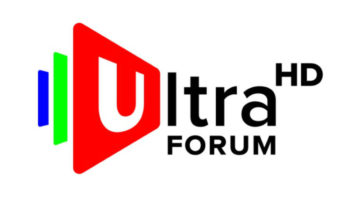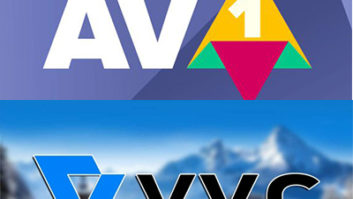As part of its 132nd meeting, MPEG has announced it has completed a verification test assessment of the new Versatile Video Coding (VVC) standard for ultra-high definition (UHD) content with standard dynamic range.
According to the organisation, showed that VVC “provides a compelling gain over its predecessor, the High Efficiency Video Coding (HEVC) standard produced in 2013.”
The test found that VVC made bitrate savings of roughly 45 per cent compared to HEVC for comparable subjective video quality.
MPEG noted that HEVC itself has much better compression capability than the AVC standard that is used in most modern video applications.
VVC has been produced jointly by MPEG as ISO/IEC 23090- 3, along with the ITU-T, which has approved VVC as H.266.
MPEG added that standardisation work for both conformance testing and reference software for the VVC standard has reached its first major milestone – progressing to Committee Draft ballot in the ISO/IEC approval process.
“The conformance testing standard ISO/IEC 23090-15 will ensure interoperability among the diverse applications that use the VVC standard, and the reference software standard ISO/IEC 23090-16 will provide an illustration of the capabilities of VVC and a valuable example showing how the standard can be implemented,” said MPEG. “The reference software will further facilitate adoption of the standard by being available for use as the basis of product implementations.”





